X
Electric hoists represent their own machinery, strength, and toughness, while the stage is elegant, flowing, and soft, with conflicts and collisions between the two.
In the exciting world of stage performance, the stage hoist lifting equipment plays a crucial role. It can safely and efficiently lift and move various stage equipment and props, providing strong su
Category : Stage Chain Hoist Series
Get a Quote

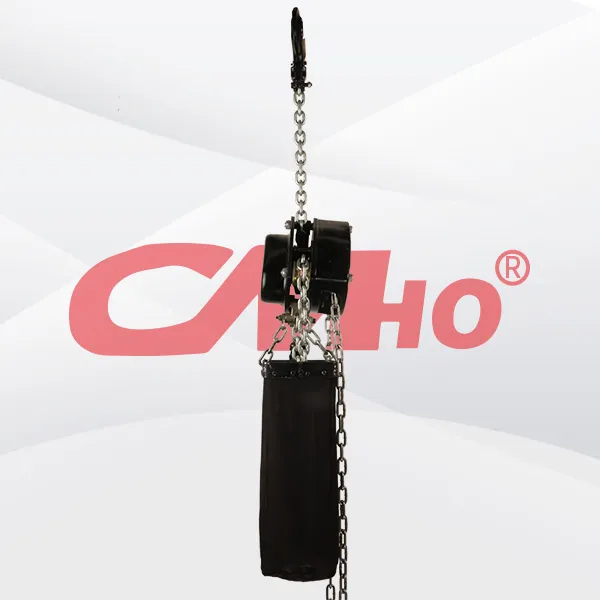
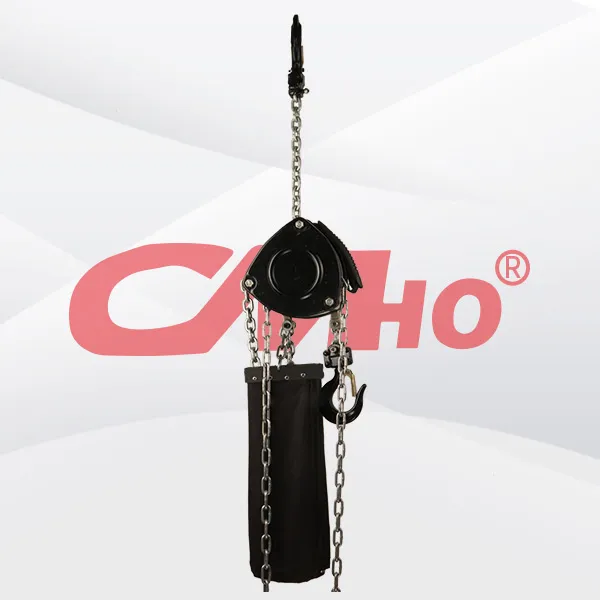





Product Details
Debugging of stage chain hoist lifting equipment: key steps to ensure safety and precision
1、 Preparation work before debugging
(1) Check the integrity of the equipment
Before debugging, it is necessary to conduct a comprehensive inspection of the stage hoist lifting equipment. Check if all components of the equipment are intact, including chains, hooks, brakes, handles, etc. Ensure that no components are damaged, deformed, or missing.
(2) Confirm installation correctness
Check if the installation of the stage hoist lifting equipment is correct. Ensure that the equipment is installed on a sturdy support structure, and the connection between the hook and the lifted object is firm and reliable. At the same time, check if the winding method of the chain is correct to avoid tangling or twisting of the chain.
(3) Prepare debugging tools
Prepare the necessary tools for debugging, such as wrenches, screwdrivers, calipers, dynamometers, etc. These tools will be used during the debugging process to adjust various parameters of the equipment and check its performance.
2、 Debugging steps
(1) No load debugging
Firstly, perform no-load debugging, that is, do not mount any heavy objects, only operate the stage chain hoist lifting equipment to perform lifting, lowering, stopping and other actions. During the no-load debugging process, pay attention to observing the operation of the equipment, including whether the transmission of the chain is smooth, whether the braking effect of the brake is good, and whether the operation of the handle is flexible. If any abnormal situation is found, debugging should be stopped immediately and inspection and repair should be carried out.
(2) Load debugging
After the no-load debugging is normal, perform load debugging. Gradually increase the load weight, starting from a smaller weight and gradually increasing to the rated load of the equipment. During the load debugging process, pay attention to observing the operation of the equipment, including the load-bearing capacity of the chain, the braking effect of the brake, and the stability of the equipment. At the same time, use force gauges and other tools to measure the lifting and lowering forces of the equipment under different loads, ensuring that the performance of the equipment meets the requirements.
(3) Precision debugging
For some stage applications that require high precision, precision debugging is also necessary. By adjusting parameters such as the brake and chain length of the equipment, ensure that the accuracy of the equipment meets the requirements during lifting and lowering. For example, in the adjustment of stage lighting, it is necessary to accurately control the height and angle of the lights, which requires the stage chain hoist lifting equipment to have high accuracy.
(4) Debugging of safety devices
Stage chain hoist lifting equipment is usually equipped with various safety devices, such as overload protection devices, limit protection devices, etc. During the debugging process, it is necessary to test these safety devices one by one to ensure that they can work properly. For example, when the load exceeds the rated load of the equipment, the overload protection device should be able to automatically cut off the power supply to prevent equipment damage and safety accidents.
3、 Precautions after debugging
(1) Record debugging results
After debugging is completed, the debugging results should be recorded. Record various performance parameters of the equipment, problems discovered during debugging, and solutions. These records will provide important reference for the subsequent use and maintenance of the equipment.
(2) Train operators
Train the operators of stage chain hoist lifting equipment to familiarize them with the operation methods and precautions of the equipment. Operators should understand the performance characteristics of the equipment, the role of safety devices, and emergency response measures. Only trained operators are allowed to operate the equipment and ensure its safe use.
(3) Regular maintenance and inspection
The stage chain hoist lifting equipment needs to be regularly maintained and inspected during use. The maintenance inspection includes equipment cleaning, lubrication, inspection and replacement of components, etc. Regular maintenance inspections can promptly identify potential issues with equipment, extend its lifespan, and ensure its safety performance.
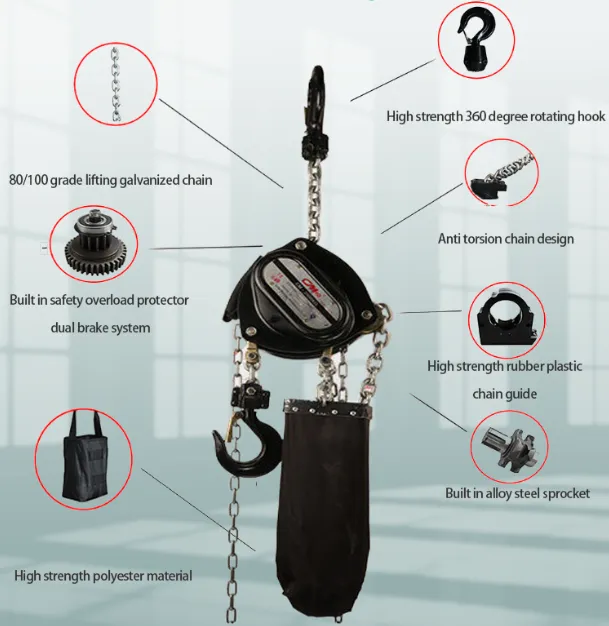
RELATED PRODUCTS .
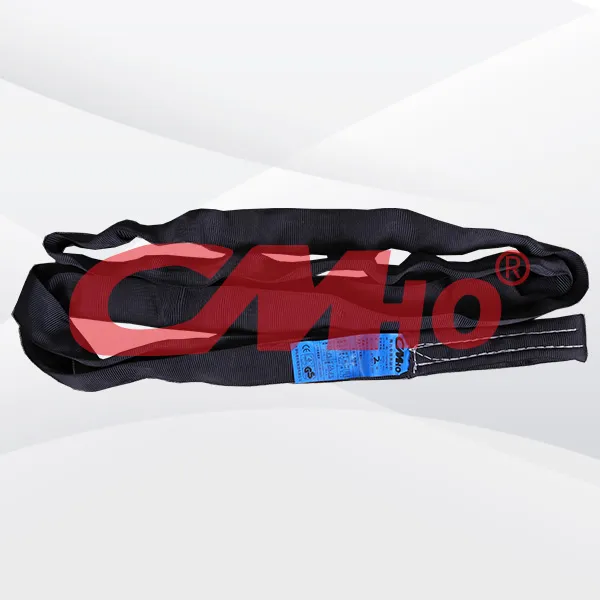
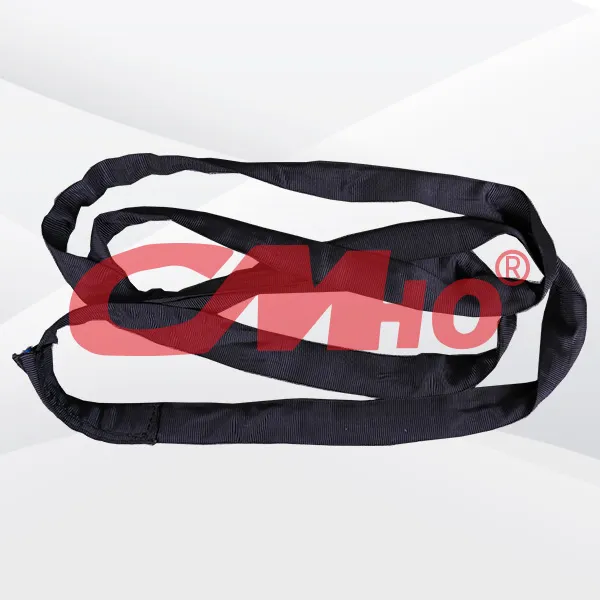
The polyester black lifting sling also features non-conductivity and no corrosion, ensuring safety and wide applicability. These characteristics make it an efficient and reliable hoisting tool, especi
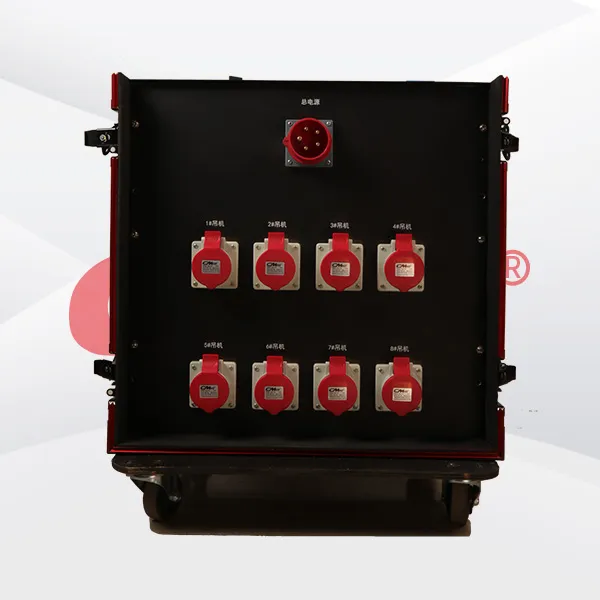
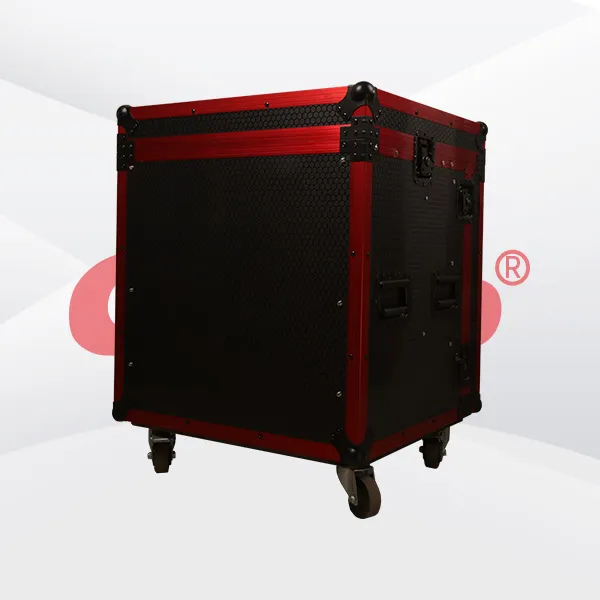
The aircraft case truss hoist controller is suitable for the quick installation and adjustment of stage lighting, sound systems, and other equipment. It performs exceptionally well in enviro

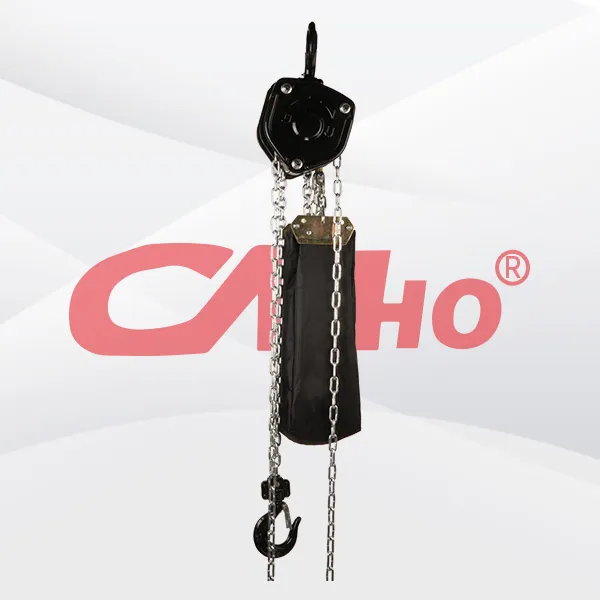
Factory-direct hand-pulled stage hoists are ideal for the quick installation and adjustment of stage lighting, sound systems, and other equipment. They perform exceptionally well in environments witho
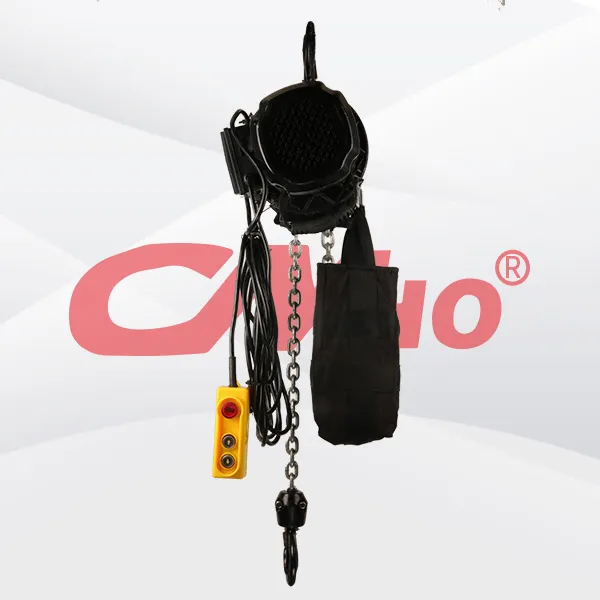
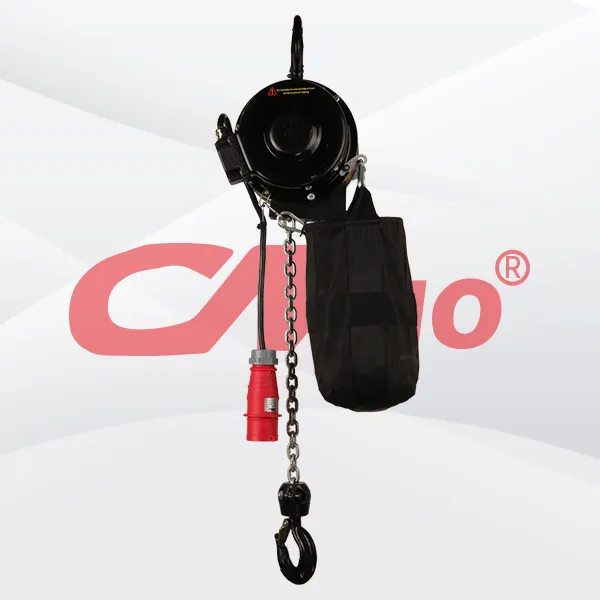
The stage truss motor equipped with a limit switch deeply integrates powerful performance, precise control, and excellent safety. It can not only easily handle the hoisting and accurate positioning of

2025-02-28
创始人
0
The participation of Tianjin Kemei in the Guangzho...
Tianjin Kemei made a remarkable and eye-catching appearance at the Guangzhou (International) Performing Arts Equipment, Intelligent Acoustic, Optical and Electrical Products...
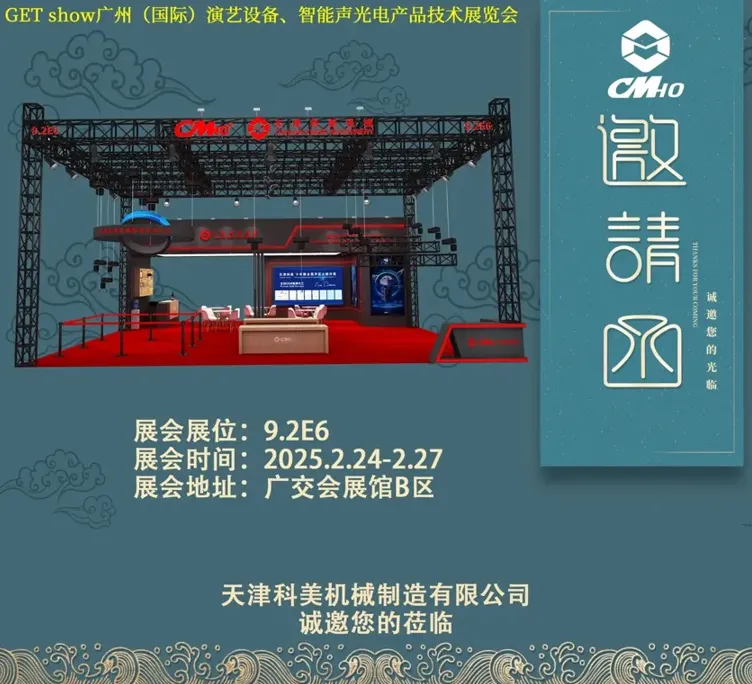
2025-02-27
创始人
0
Guangzhou (International) Performing Arts Equipmen...
In the era of the rapid development of stage lifting equipment and intelligent acousto - optic technology, every industry event serves as a crucial opportunity for innovatio...

2025-02-27
创始人
0
GET show Guangzhou (International) Performing Arts...
Tianjin Kemei Machinery Manufacturing Co., Ltd. has been deeply engaged in the stage equipment manufacturing field for many years and has developed into a modern benchmark e...

2024-09-24
admin
0
Tianjin Kemei Machinery Manufacturing Co., Ltd. Ne...
Tianjin Kemei Machinery Manufacturing Co., Ltd.: New Starting Point, New Journey - New Factory Relocation Record

